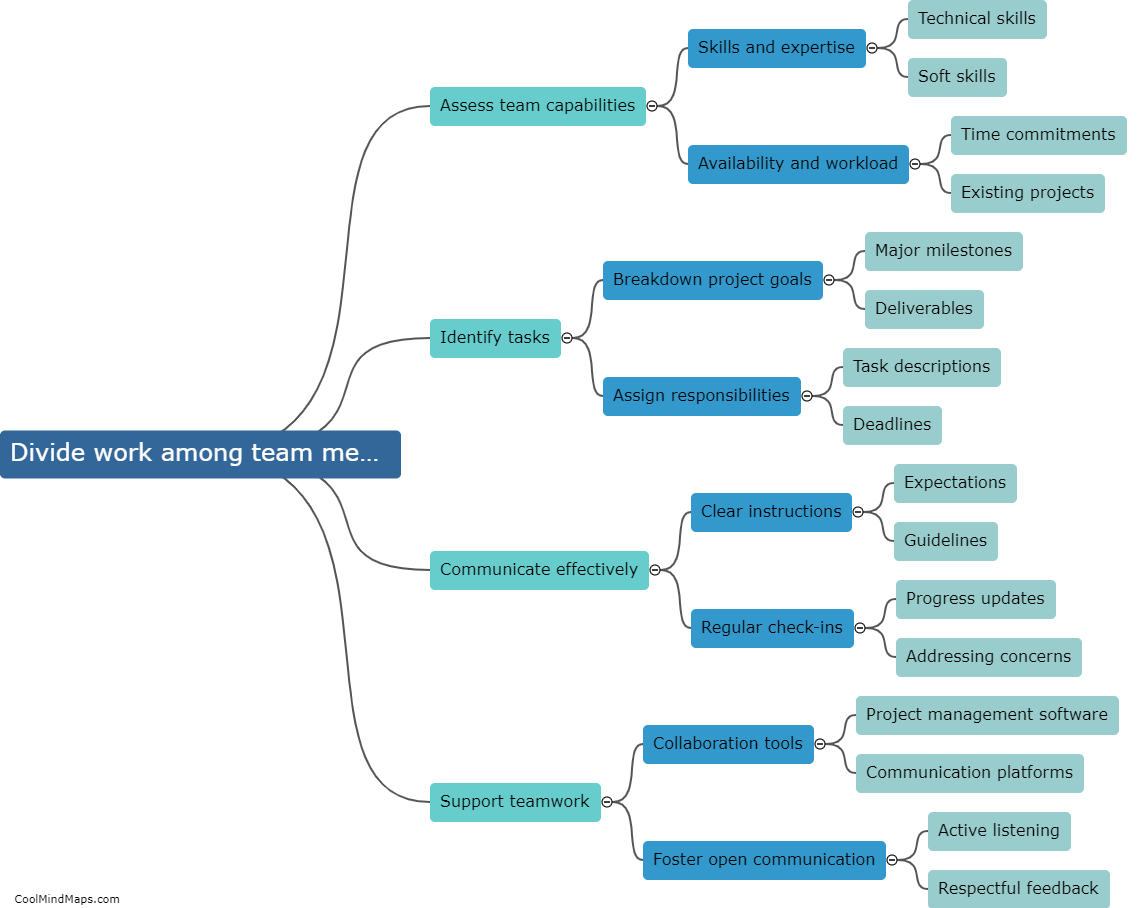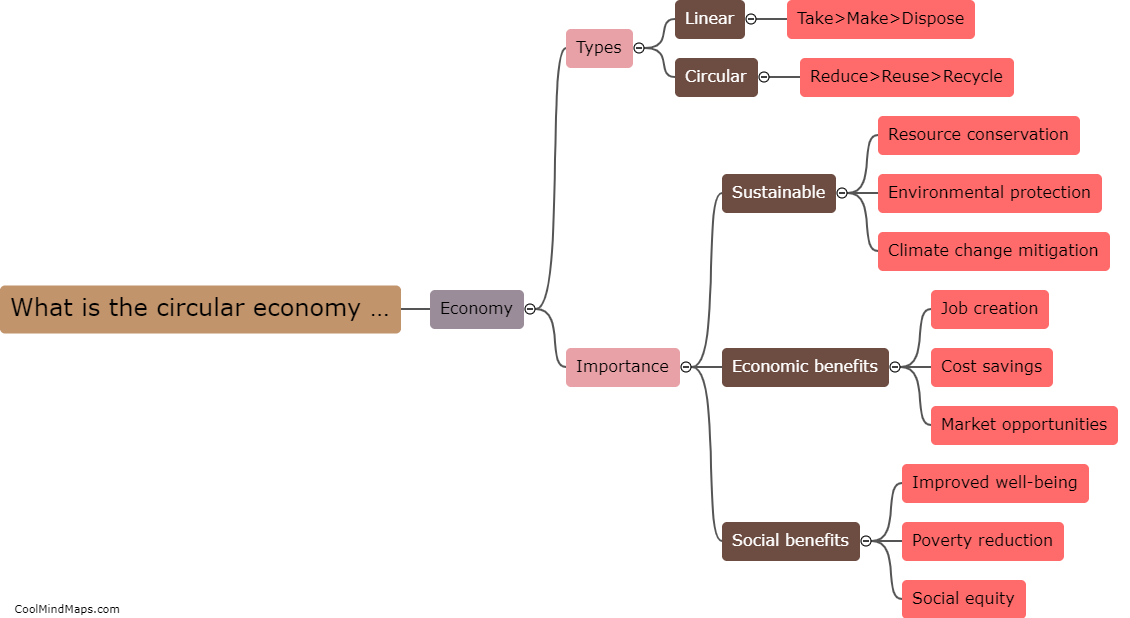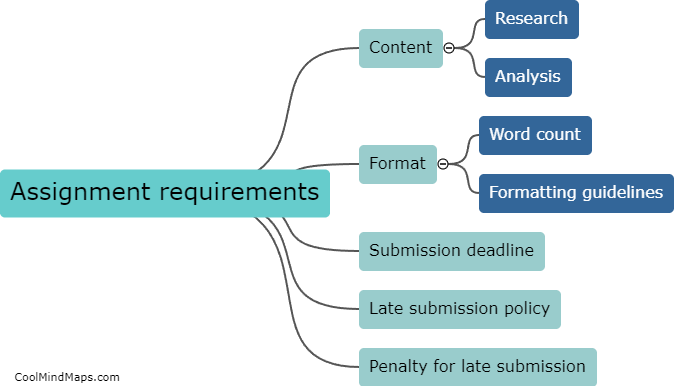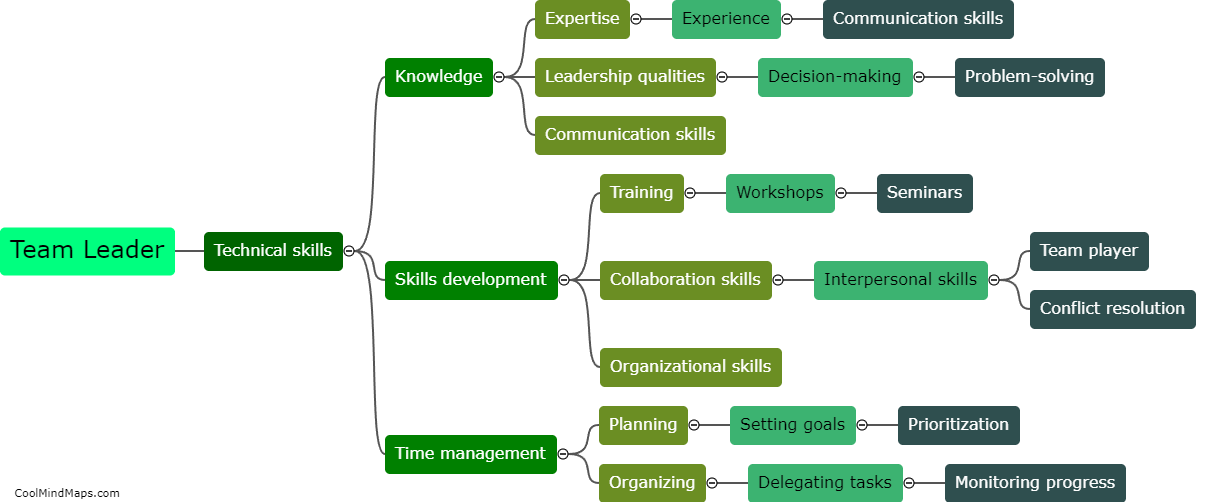What are the key components of a stakeholder analysis?
A stakeholder analysis typically involves identifying and understanding the various individuals, groups, or organizations that can influence or be influenced by a particular project, decision, or organization. The key components of a stakeholder analysis include identifying the stakeholders, assessing their interests and needs, analyzing their influence and power, and mapping their relationships and networks. Identification of stakeholders involves determining the individuals or groups that might be affected by or have an interest in the project. Assessing their interests and needs helps in understanding their expectations, concerns, and preferred outcomes. Analyzing stakeholders' influence and power allows for prioritizing their importance and assessing the potential impact of their involvement. Mapping relationships and networks helps in understanding how stakeholders interact with each other and how these interactions can influence the project outcome. Overall, a stakeholder analysis helps in developing effective strategies to engage with stakeholders and manage their involvement to ensure project success and stakeholder satisfaction.

This mind map was published on 13 October 2023 and has been viewed 87 times.











